Hanbyeokdang Pavilion (한벽당)
11.6Km 2024-05-28
2 Girin-daero, Wansan-gu, Jeonju-si, Jeonbuk-do
+82-63-281-5139
Located in Jeonbuk State, Hanbyeokdang Pavilion has been designated as a Tangible Cultural Property. The pavilion was built as part of a country house for a civil official from the Joseon dynasty. In the past, many writers often sought out Hanbyeokdang Pavilion to find inspiration in their writing. The pavilion is well known for the vista it offers of the beautiful surrounding mountains, thus making it one of the eight scenic beauties of Jeonju.
Hotel Sol (솔호텔)
11.6Km 2024-12-23
22-4 , Ajung 2-gil, Deokjin-gu, Jeonju-si, Jeonbuk-do
+82-63-261-7000
Conveniently located just 5 minutes by car from Jeonju Station, Jeollabuk-do, Hotel Sol has a big parking lot and offers a variety of rooms. All rooms have beds with latex matresses, and all except the standard double and circular double rooms have jacuzzis. The VIP and Terrace Garden Rooms actually have an outdoor garden terrace with a whirlpool spa, so that guests can enjoy a city vista while bathing with the feelingi of a hot spring bath. Nearby tourist sites include Jeonju Hanok Rail Bike and Jeonju Hanok Village.
Solga (솔가)
11.6Km 2025-10-23
219 Ajung-ro, Deokjin-gu, Jeonju-si, Jeollabuk-do
063-245-1116
Opened in 1999, this is Jeonju's representative restaurant. It became even more famous because the filming team of the movie 'PARASITE' visited it five times. Sweet Galbi marinated with a patented seasoning recipe is addictive. Side dishes that go well with the meat, such as Green Onion Salad, Salad, White radish cabbage and Perilla Leaves, further enhance the taste.
◎ Travel information to meet Hallyu’s charm
This restaurant is famous for being the hangout spot of the “Parasite” movie crew. One wall is adorned with autographs from the actors and directors. The restaurant’s signature dish of deliciously spicy and sweet galbi helped solidify its fame. For the perfect combination, we recommend pairing galbi dishes with refreshing cold buckwheat noodles.
Lime Hotel / 라임호텔
11.6Km 2025-03-18
13-3 , Ajung 4-gil, Deokjin-gu, Jeonju-si, Jeonbuk-do
+82-63-241-8300
The Lime Hotel near Dongjeonju IC in Jeongju, Jeonbuk-do, offers modern accomodation and good facilities. Rooms come in different types: for example the Lovely Suite is decorated in traditional Korean style, while the Body Friend Suite is equipped with a high-end massage chair and a jacuzzi. All rooms contain latex beds and 2 PCs. Breakfast is provided and can be offered as a room service if desired. Nearby sights to see include Ajung Lake Park (700m away), Jeonju Hanok Village, Jeondong Cathedral and Gyeonggijeon Shrine (both10 minutes away by car).
Baramssoeneun-gil Road (바람쐬는길)
11.7Km 2024-04-07
21 Baramssoeneun-gil, Wansan-gu, Jeonju-si, Jeonbuk-do
Baramssoeneun-gil Road is the name of the path leading from Jeonju Eco Museum to Hanbyeok Tunnel. The pathway's name comes from the breeze that blows along the way, making it great for taking a walk. The road was also selected by the Korea Tourism Organization as one of the locations great for traveling with pets. There is also a bicycle rental station located along the road. Hanbyeok Tunnel at the end of the path is famous as a filming site for the drama "Twenty-five Twenty-one (2022)," with many people taking photos here as the main characters.
Ahyeon Supermarket (아현슈퍼)
11.7Km 2025-11-06
13 Namgosanseong 1-gil, Wansan-gu, Jeonju-si, Jeonbuk-do
For the filming of a drama set in the 1990s, it was decorated as a place with a retro old supermarket atmosphere. It was demolished after filming, but was re-installed thanks to the popularity of the drama. The scene where Na Heedo and Baek Iijin misunderstood about kissing, and Baek Iijin protecting Na Heedo from the motorcycle were filmed. The low wooden bench where the main characters sat down and talked to each other is a photo spot.
Dongboseong (동보성)
11.7Km 2024-04-07
437, Hana-ro, Iksan-si, Jeonbuk-do
Dongboseong is an authentic Chinese restaurant serving dishes prepared by a number of chefs from China. It has separate rooms and large banquet rooms for group dining.
Jeonju Hanok Railbike (전주한옥레일바이크)
11.8Km 2024-05-27
420 Dongbu-daero, Deokjin-gu, Jeonju-si, Jeonbuk-do
+82-63-273-7788
Jeonju Hanok Railbike runs along an abandoned section of railroad on the Ajung Line near Jeonju Hanok Village, one of Korea’s largest landmarks. The course runs approximately 3.4 kilometers round-trip from Silli to Waemangsil at a speed of about 15 to 20 kilometers per hour.
Railbikes make for a fun activity for individuals, groups of family or company, field trips, experiential study and other varied events. The railbikes are available to enjoy all year round and the rail park houses varied subsidiary facilities including a photo zone, and Ajung Dabang.
Ajunghosu Lake (아중호수)
11.9Km 2024-05-02
Ua-dong 1(il)-ga, Deokjin-gu, Jeonju-si, Jeonbuk-do
Ajunghosu is a large-scale reservoir that was originally built for agricultural purposes but is now beloved as cultural and natural space for local residents. The lake features a wooden deck walkway that creates a beautiful scene at night when lit up.
Iksan Godori Standing Stone Buddha (익산 고도리 석조여래입상)
12.0Km 2024-04-07
Donggodo-ri, Geumma-myeon, Iksan-si, Jeonbuk-do
+82-63-859-5792
Iksan Godori Standing Stone Buddha is Treasure No. 46. The two Buddha statues (each measuring 424 cm) stand face-to-face at a distance of 200 meters apart and tell the story of an eternal, but unrequited love.
According to legend, the two Buddhas (one male, one female) are lovers that can only meet for one night in the twelfth month of the lunar calendar. After the sunset on that special day, the lovers are allowed to meet, but must return to their respective positions before the rooster crows at dawn.
The two statues are very representative of the Goryeo era, which produced many stone statues with minimal expression of the physical body. True to the era, each Buddha has almost no curves and is depicted with plain clothing and barely distinguishable arms.
On their heads, the Buddhas wear a crown topped with another square hat. With their square faces, small eyes, pug noses, and small lips, the Buddhas are reminiscent of guardian deities typically placed at the entrance of villages.
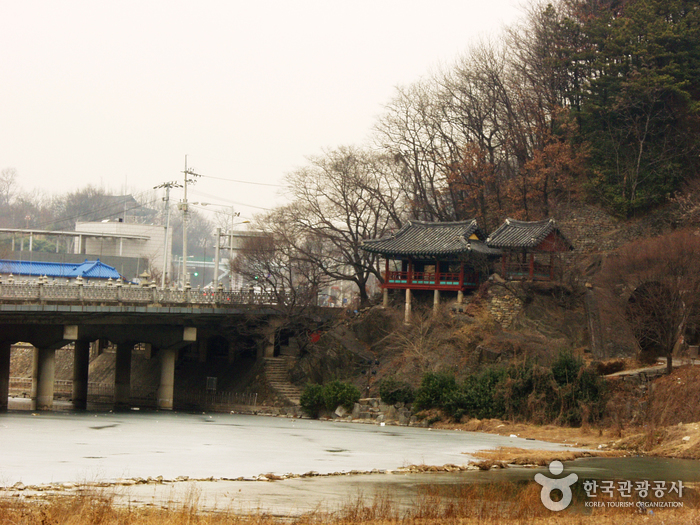
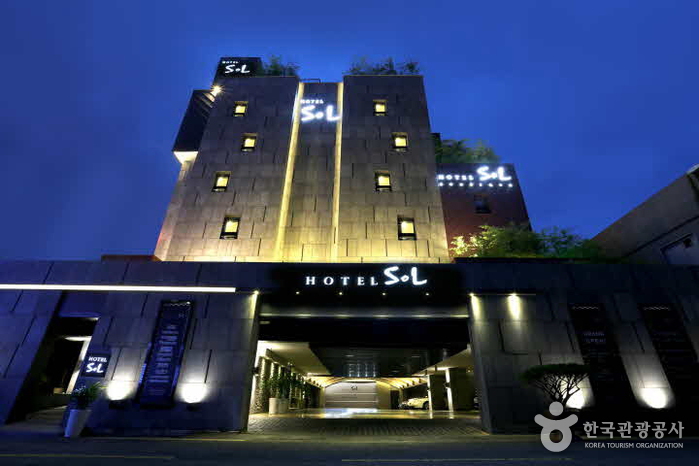

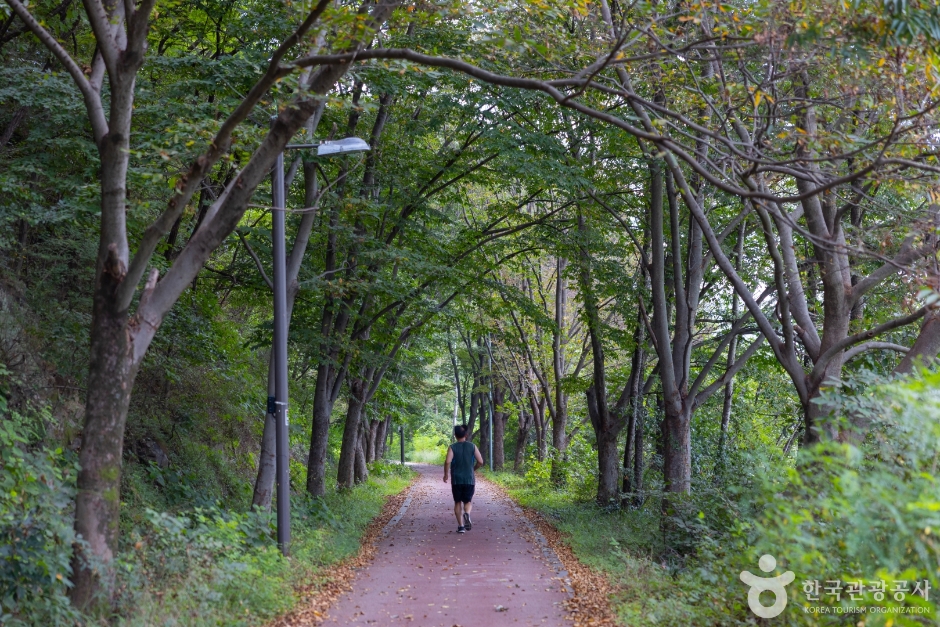
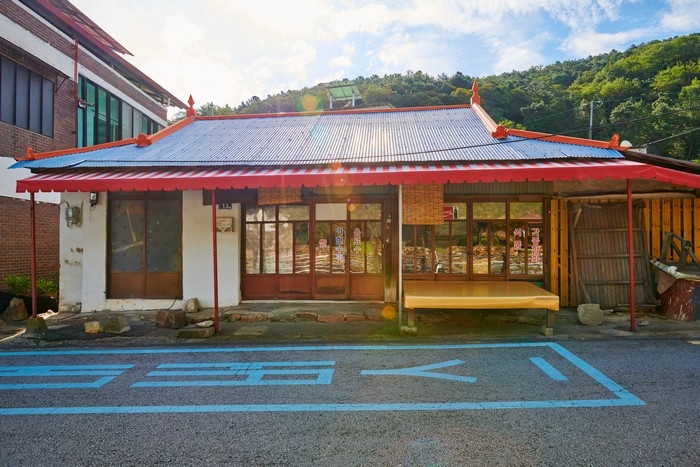
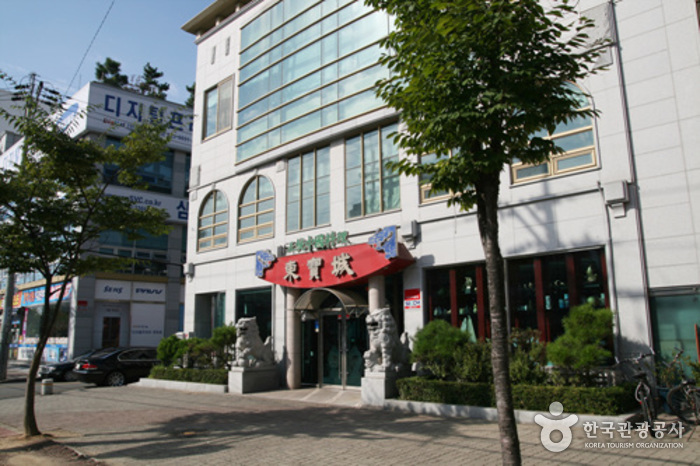
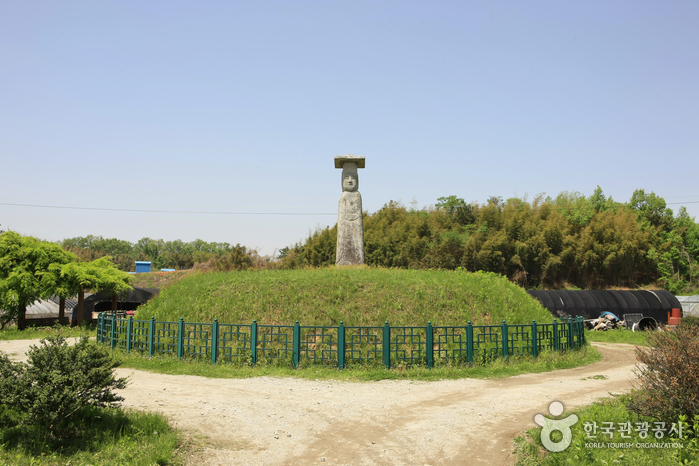
 English
English
 한국어
한국어 日本語
日本語 中文(简体)
中文(简体) Deutsch
Deutsch Français
Français Español
Español Русский
Русский